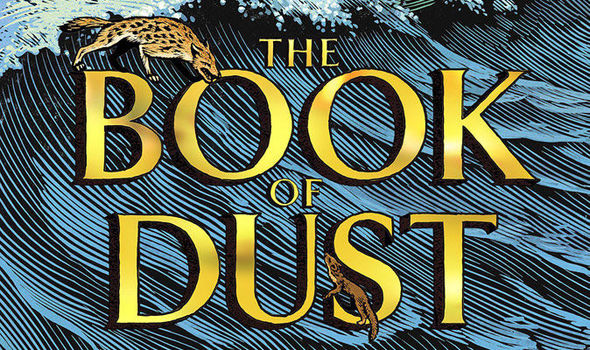Alcott’s Little Women isn’t your average ‘rags to riches tale’, exploring sisterhood and the adventures that come with it. The story follows Meg, Jo, Amy, and Beth March, who are the ‘little women’- an ironic label considering the coming-of-age theme of the novel. Within the span of a year, from one Christmas to the next, the somewhat spoiled girls explore an entirely different world: one that offers friendship, the drama of romance, and the dread of illness.
Although the main moral revolves around the topic of family and friendship, towards the end, the idea of romance is introduced abruptly, after the main plot comes to a stop. I wished that this could have been developed further throughout the book, adding to the complexity of ongoing dilemmas at the climax, which is the heart of the novel. Instead, this leaves the reader with a separate story in which very little happens. Despite this, Jo does express some concern about her sister leaving for love occasionally, along with Meg subtly indicating a longing for lavish things and becoming more mature in a reserved way, in certain parts of the book.
In addition to this undeveloped point, in the earliest stage of the book, before any character development, it is said that Beth is often called ‘Mouse’ by her sisters yet that is not mentioned after this moment in the book whatsoever but is simply a generic way to express Beth’s timid nature.
Aside from this, in my personal experience of the book, the Victorian setting, due to the time at which it was written, seemed very fitting, as a story of four girls who explore the simplicities and little joys of life should be solely based on just that, rather than in the modern era, where mobile phones take away from that pure bliss and contentment. Despite the drastic difference between today and 1860, the message of Little women is just as applicable today as it was 160 years ago. While from the cover, the storyline seems nothing more than a woman’s journey from childhood to adulthood, it touches on the two most prominent features during this very journey: the controversy between familial duty and personal exploration.
Prefaced with an extract of The Pilgrim’s Progress (an allegorical novel revolving around a Christian’s journey to heaven), Little Women begins and ends with a war, though not just the civil war but also a personal one. Following their father’s departure to fight in the ongoing battle in America, four girls, a mother, and a humble servant find themselves striving to live their old life. In the midst of poverty, and the center of Massachusetts, the March daughters make the acquaintance of peculiar foreigners from the land of Europe claiming they come in peace, and although they do find friends among the European clan, with it comes enemies.
Despite the individuality and complex personalities of each character, from my point of view, I have always had the impression that Amy was always more prone to incite a fight, not different from how brothers and sisters treat each other nowadays. Yet Jo waits for Amy’s remark, waiting to retaliate like a hunter holding fire on an animal mere millimeters away from his trap. It would surprise you that in spite of the fact that this novel was written in a time heavily contrasting to ours, the nature of siblings has not changed much over more than a century and a half. There was no ever-lasting peace between Amy and Jo, there were no riches upon riches inherited by the girls and I assure you there were no affected, niminy-piminy chits.
When reading the book, I noticed that the girls treat Hannah not as a servant as you would expect from her role in housework but, to my surprise, there was no mention of the words, ‘maid’ nor ‘servant’ when regarding her. Rather her importance to the Marches is displayed through how frequently she appears throughout the novel in defiance of her being a background character. Nonetheless, it is clear that Hannah is a servant of the family as her dialect marks her as less educated and therefore of the lower class. Overall, this portrayal of her, achieved through speech, was an effective technique to highlight her role and the significance of it to the reader, as without Hannah, there would not be a nurse for illness, a babysitter for a mother’s absence, or a companion for little girls, one who is solely depicted by two characteristics: endearment and perseverance (the classic ingredients for a heroine in a poverty-stricken home).
It is no wonder that such an engrossing story was adapted into a live-action film, as its message remains resonating with the audience from one end of Little Women to the other. As aforementioned, the highlight of the story was its simplicity of it as the fact that it comprises no major conflicts or drama truly made it a masterpiece worth reading. Would a passage from adolescence to adulthood be what you take from it? Or would you be willing to look into the history of this literary treasure, based on a true event? Because what may seem a story only of love, heartbreak and teenage years can be more thought-provoking than you think. How much have we really changed over centuries?




